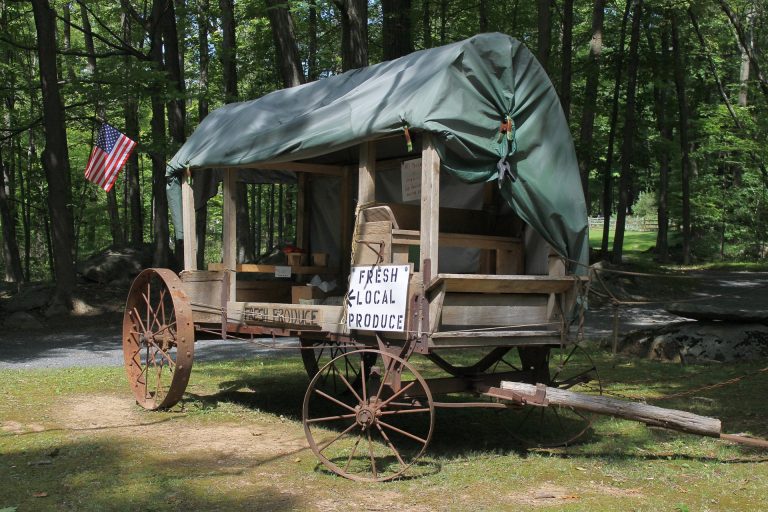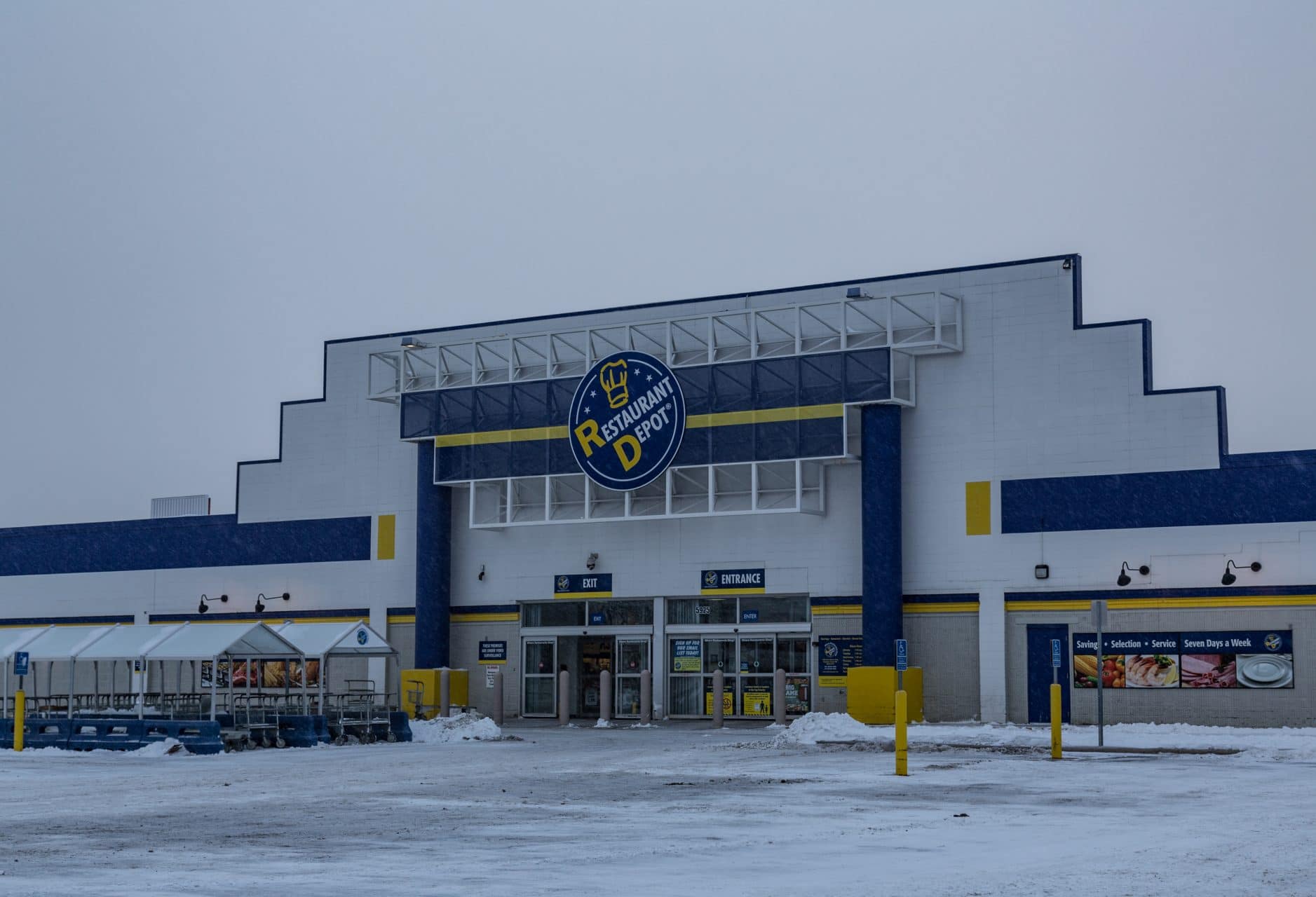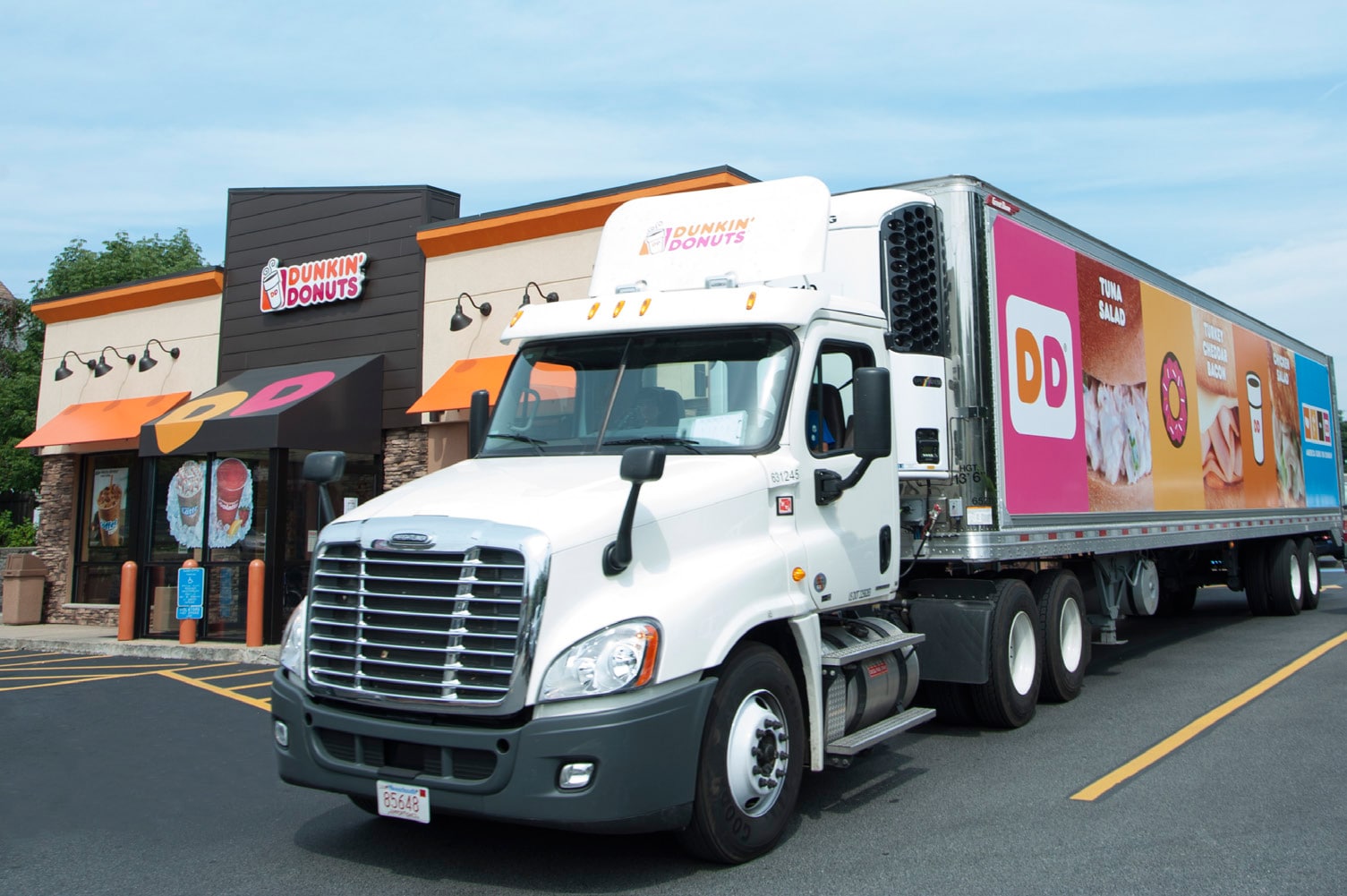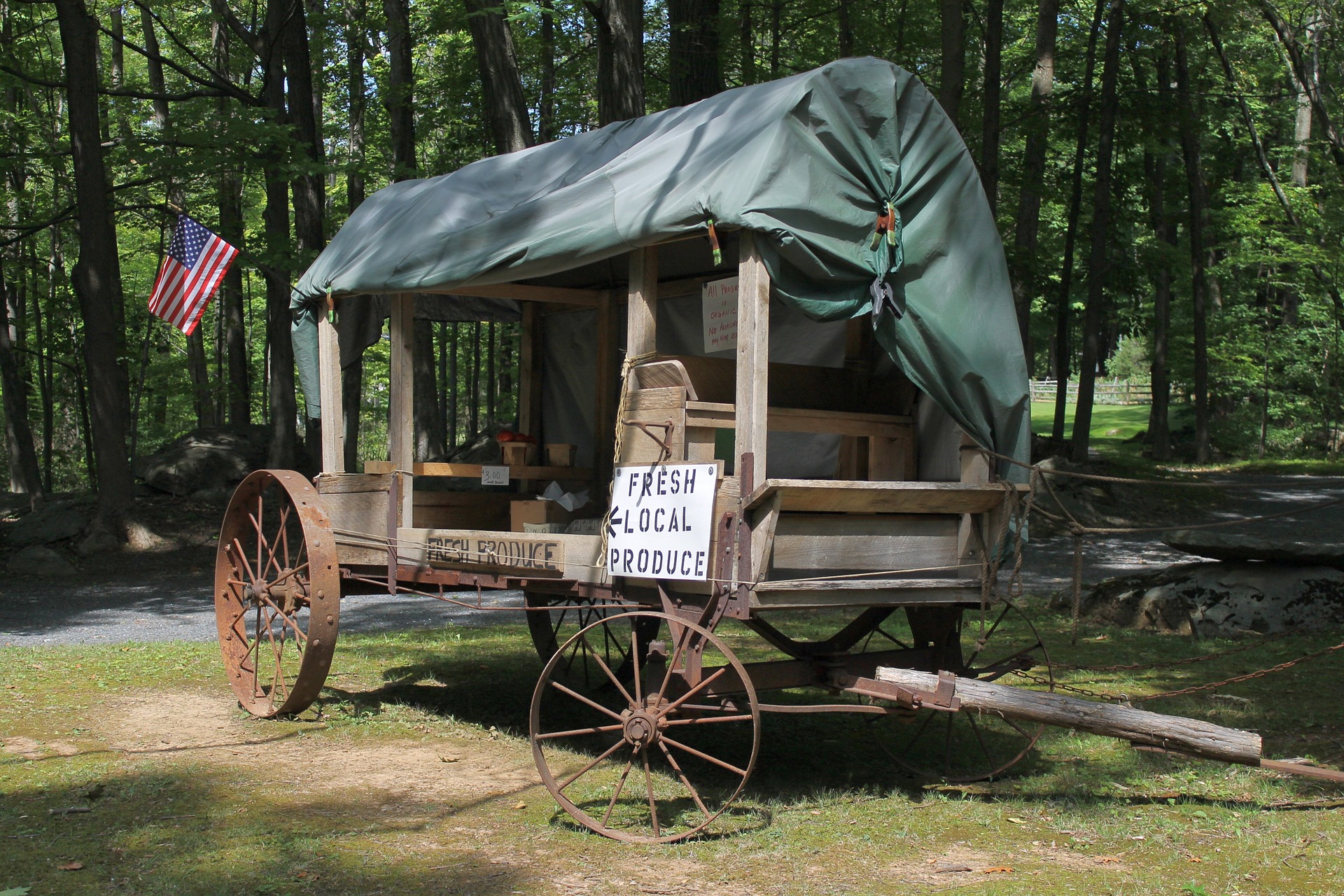
Did you ever wonder why restaurant food tastes different from the food you eat at home, even when you have the restaurant’s recipe? Sometimes, it’s not a matter of not having the right recipe or cooking tools. It often can be a matter of sourcing foods from the same place as the venue you adore.
There are many different places that restaurants can get their food from, and their sources can make a huge difference on how their final products taste. Here are some of the most common ways restaurants get their goods.

Restaurant Depot (And Others)
The most common name you’ll hear for food sourcing is Restaurant Depot, and this is a chain of supply stores that is solely dedicated to large batch supplies for restaurants. You need a membership to join, and once you get a membership, you’re able to get foods and sodas for a huge discount.
Though almost every restaurant has a membership to at least one depot-style warehouse, it’s not exactly the best place to get all your food from. It’s often the “bottom line” in terms of sourcing.
Private Exclusive Sources
If you have a chain restaurant, chances are that you won’t get your food from Restaurant Depot alone. Most chain restaurants and franchises have contracts with food sourcers that are exclusive to their brand.

For example, McDonald’s has contracts with companies that are specifically made to create supplies using the recipes McD’s provided. Dunkin’ Donuts has DCP, which is a company that’s solely dedicated to baking the donuts they make. These kinds of partnerships are way more common than you think.

Local Farms
With the rise of farm-to-table restaurant popularity, it comes as no surprise to anyone that many restaurants are now actively seeking out sources in local farming communities. If you’re at an upscale restaurant, expect to hear talk of local microgreens or fish that was sourced in a specific location.
When it comes to seafood like oysters or fine cuts of meat, the locavore movement presents itself through sourcing foods at specific farms or getting seafoods from specific locations. Expect to see quality if you are at a restaurant that cares enough to seek out local or specialty suppliers.
Public Sources
Sometimes, it’s not about getting it from a specific farm nearby. Sometimes, restaurants will just go directly to large-scale farming operations and order food directly from them. This differs from local sourcing in the sense that the farms could be from every corner of the world.
There’s little tracking here, and most of the sources are open to the public since the suppliers also send their goods to grocery stores. For many groups, using these “open to the public” options is a great way to make sure that they keep costs low and avoid running out of food during high-demand times.
Is There A Perfect Source For Restaurants?
Not really. Each restaurant has its own selection of sources it uses to make the meals you love. So, don’t always judge a restaurant by its sourcing. You might be surprised at what your restaurants do in order to get the ingredients you sink your teeth into!